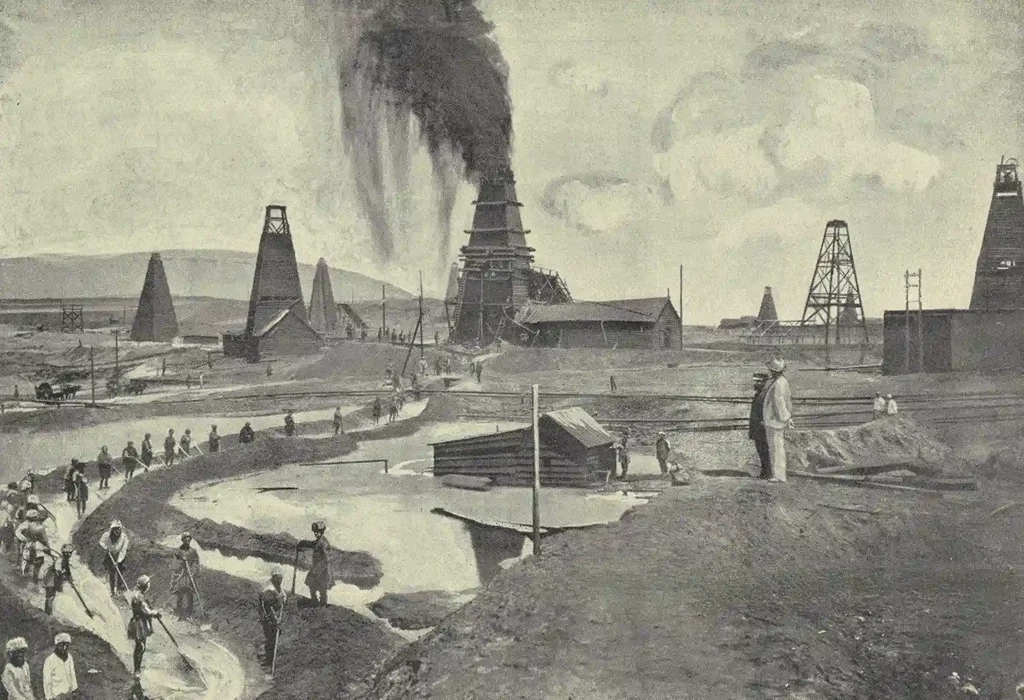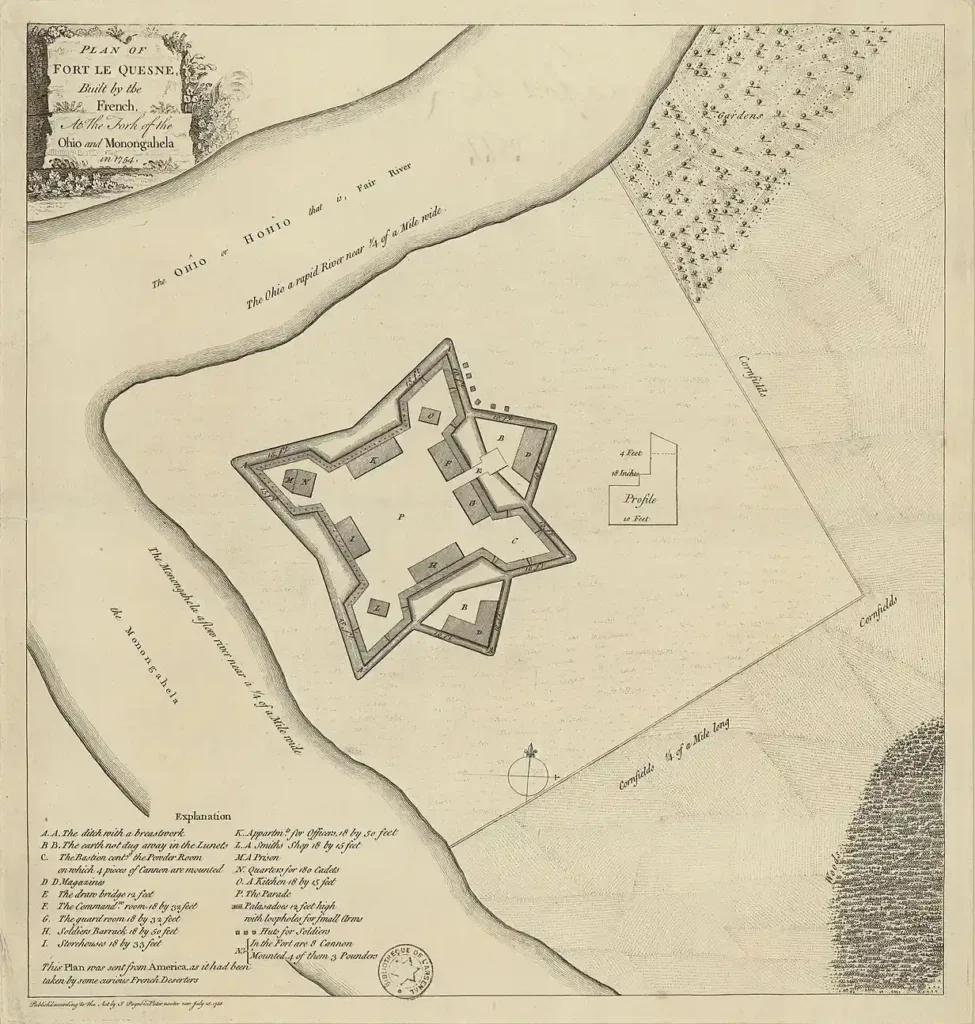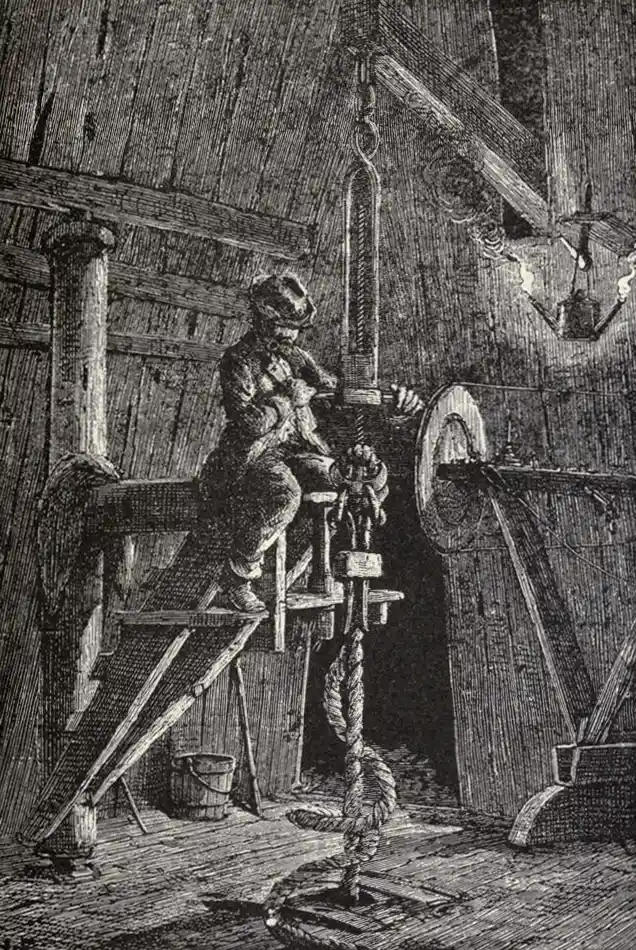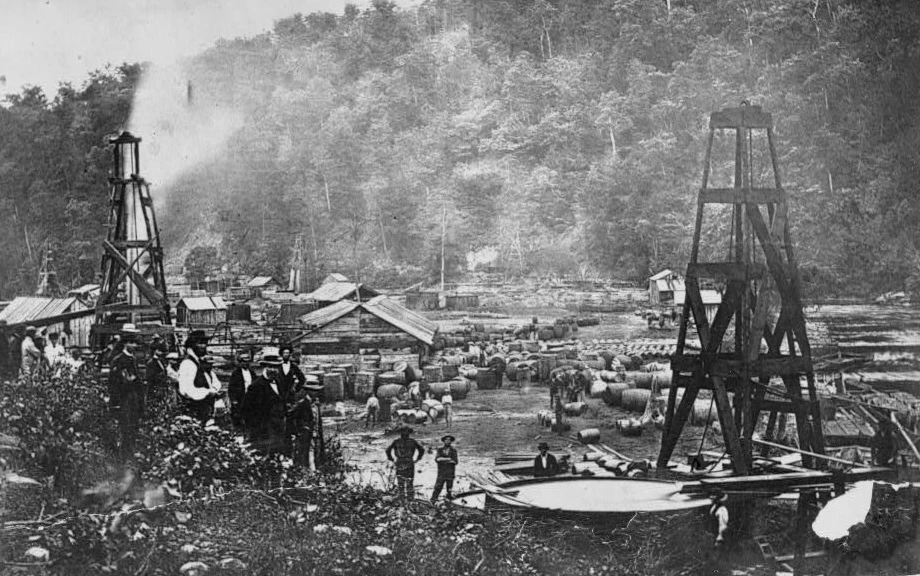History of the Discovery of Petroleum
Western Citizen (Paris, Ky.), January 29, 1864
It is one of the most remarkable things connected with the immense trade suddenly springing up from the distillation of our coal oil, that while the existence of oil springs has been known from the most remote antiquity, the knowledge should never have been turned to any great practical purpose until our own times.

Nothing will show more completely the value of that sort of practical education and intelligence which is common in America, than this simple fact. Here is a substance which the oldest naturalists of the world, such as Pliny, have written upon, which Tacitus and Vitruvius have both mentioned, yet never turned to any practical utility of moment until written a few years, by a gentleman (Colonel Drake) from Connecticut, the very central land of all Yankee notions.
Strange to say, Herodotus mentions a spring of this sort of oil in one of the Ionian isles recently relinquished by the British Government, no doubt as ignorant of its value as the Mexicans of the gold of California. But for more than two thousand years in the island of Zante [Zakynthos], that oil spring has been flowing and known in history, its value alone unknown. At Agrigentum [Agrigento], in Sicily, the petroleum was collected and used in lamps before the Christian era, as a substitute for oil.

This has been the case also, for ages past, in Burma [Myanmar], near Rangoon [now, Yangon], and now higher up the river Irrawaddy very large springs are being discovered. At Bakoo [Baku], on the Caspian, from the most remote ages, this oil has been worshipped but never turned to any practical account of consequence, and certainly never developed as within the past five years by Americans, although it seems that about three million francs worth has been annually sold to Persia.
In Parma and Modena, oil wells have been dug for the last two hundred years. But as no method of purifying these oils has been adopted, they have never risen to much value.
In Pennsylvania, while the French occupied Fort Duquesne, opposite Pittsburgh, the commander wrote to Gen. Montcalm of attending a meeting of Indians on Oil Creek, which at night was suddenly lighted up by setting fire to the oil floating on the surface of the lake, just after the manner of the five worshipers on the Caspian.
In Ohio, in boring for salt springs, a vein of this oil was struck. As early as 1828, in the American Journal of Science, it was predicted that this sort of oil would be valued some day for lighting the streets of the cities of Ohio.

Yet it was not till 1858, Colonel Drake, of Hartford, bored for oil. Taking the hint, no doubt, from the above accidental result of boring, because others were making oil by distillation from the coal. Four or five years before this a Mr. [James] Young, in England, had distilled some of this sort of oil that had exuded in the coal pits. But the supply giving out, had taken out a patent for distilling the [?] coal.

This had been done successfully in this country. Of course, from the moment of the discovery of this method of getting the raw oil, the whole of that business was superseded.
Perhaps nothing can more fully show the boundless stores of wealth laid up in every land for the use of man, to be developed by industry and education. Nothing can more fully show the advantages to every country of that diffusion of education, and those habits of thought so common in America, and so uncommon everywhere else.
Now the country surrounding this discovery is rapidly becoming one of the most populous and wealthy in the interior of the State. Railroads are being built to carry the oil, and our cities are being built up by the trade and refinement of it.
— Philadelphia Ledger
